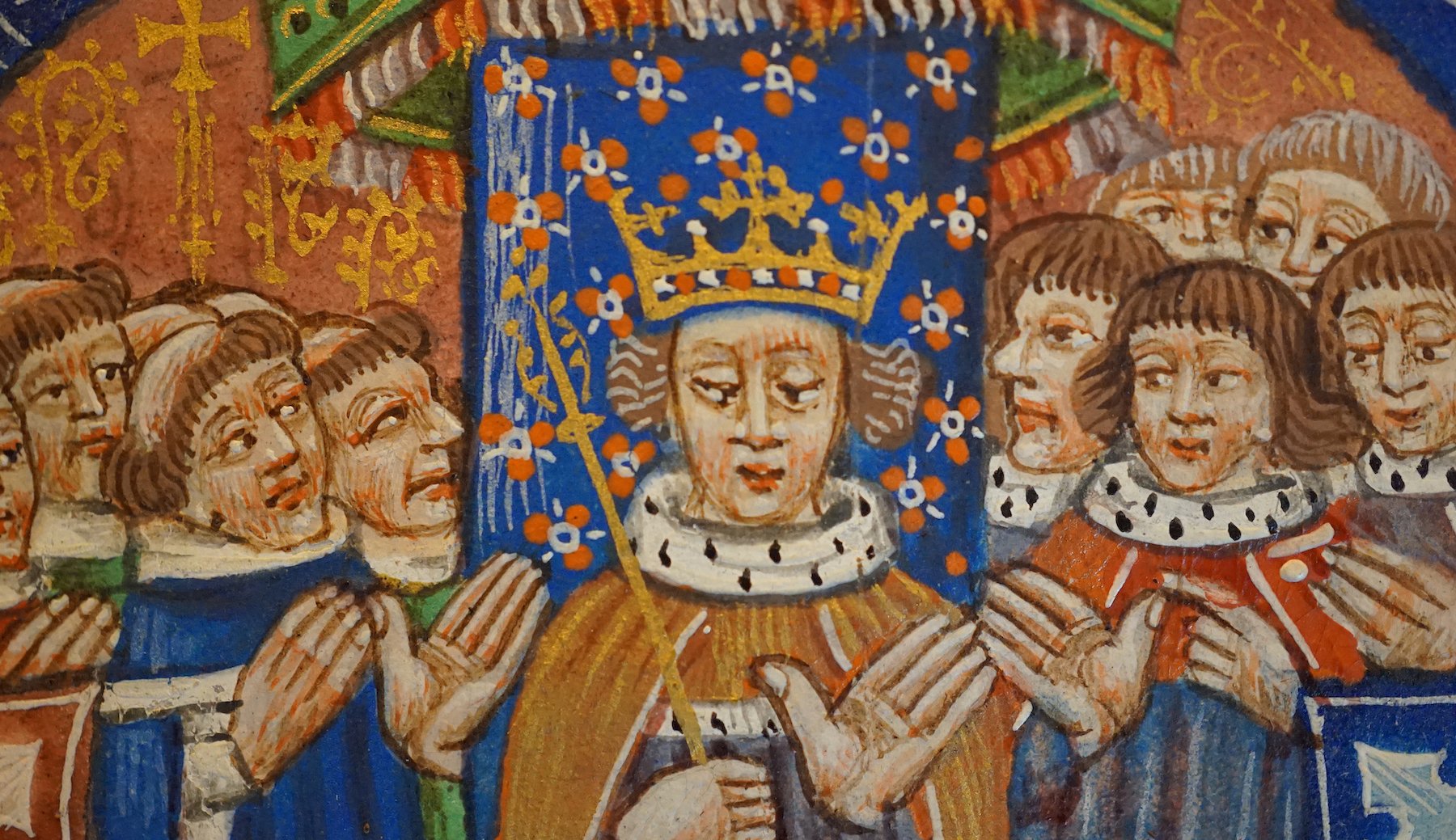INTERNATIONAL SYMPOSIUM
THE MEDIEVAL TREASURY IN IBERIA AND BEYOND
COLLECTIONS, CONNECTIONS, AND REPRESENTATIONS
28-30 November 2022 (15.30-18.45 CET) (9.30-12.45 ET)
Madrid, CCHS-CSIC
C/ Albasanz 26-28, 28037 Madrid Room: 0E18 Menéndez Pidal, and online
Treasuries offer an opportunity for reading evidence over time, weighing the sometimes contradictory conclusions from textual or visual sources against technical analysis. This project delves into the medieval objects once gathered in ecclesiastical treasuries in order to highlight long-distance and transcultural networks, shining a light on issues of broad relevance for scholarship and society today. We investigate multiple collections in the Iberian Peninsula and beyond, carrying out comparative research on medieval metalworks, ivories, hardstones, and textiles, along with their representations in miniatures and murals.
Coordination: Therese Martin (IH-CSIC)
Organized by: IH-CSIC
Research project: El tesoro medieval hispano en su contexto: colecciones, conexiones y representaciones en la península y más allá, IP Therese Martin, RTI2018-098615-B-I00, Ministerio de Ciencia e Innovación/ AEI /10.13039/501100011033/ FEDER “Una manera de hacer Europa", 2019-2022.
Link to 2020 open access volume: https://brill.com/view/title/57009
Registration form: https://docs.google.com/forms/d/e/1FAIpQLSeIaEXtErDVg8FXSkPtAs5U9keMym_4GCqARWXgqgurfapZJw/viewform?vc=0&c=0&w=1&flr=0
Zoom codes will be provided shortly before the symposium.
Contact: medievaltreasury@gmail.com
MONDAY 28 NOVEMBER 2022
Moderators: Therese Martin, CSIC, Madrid, and Alicia López Carral, UCM/CSIC, Madrid
15.30 Therese Martin, CSIC, Madrid Introduction.
16.00 María Judith Feliciano, independent scholar, New York
Reconsidering the Medieval Treasury: Absence and Transformation in Iberian Cathedrals.
16.30 Ana Cabrera Lafuente, Turespaña/Tourspain, Madrid
Unknown Pieces from Well Known Treasuries: Textiles at the Cathedrals of Ourense, Palencia, and Toledo.
17.00 Discussion
17.15 Break
17.30 Ignacio Montero, CSIC, Madrid, and Xosé Lois Armada, CSIC, Santiago de Compostela
XRF Analysis of Treasured Objects.
18.00 Mariam Rosser-Owen, Victoria and Albert Museum, and Therese Martin, CSIC, Madrid
Looking Anew at Nielloed Silverworks in 10th- to 12th- Century Iberia.
18.30 Discussion
TUESDAY 29 NOVEMBER 2022
Moderators: Verónica Abenza, CSIC, Madrid, and Teresa Martínez Martínez, University of Warwick
15.30 Laura Rodríguez Peinado, Universidad Complutense de Madrid
El Pendón de San Isidoro en contexto: el valor de los estandartes como reliquias en los tesoros medievales.
16.00 Jordi Camps, Museu Nacional d’Art de Catalunya De la mesa del altar a la imagen mural: los cálices en la Plena Edad Media.
16.30 Eduardo Manzano, CSIC, Madrid
The Qur’an Captured at the Battle of Alhandega (939).
17.00 Discussion
17.15 Break
17.30 Alicia López Carral, CSIC, Madrid and Universidad Complutense de Madrid
El otro tesoro de la Catedral de Toledo: los libros litúrgicos a través de los inventarios.
18.00 Shannon Wearing, Pontifical Institute of Mediaeval Studies, Toronto
Louis's Bible and Alfonso's Cantigas: Royal Manuscripts in Dialogue.
18.30 Discussion
Wednesday 30 November 2022
Moderators: Therese Martin, CSIC, Madrid, and Hannah Thomson, UCLA
15.30 Silvia Armando, Ministero della Cultura, Italia Treasuries of the Norman South: Gift-Giving in Apulia between Episcopal and Secular Powers.
16.00 Jitske Jasperse, Humboldt Universität zu Berlin Caskets and Croziers: Limoges in Toledo.
16.30 Julie Harris, independent scholar, Chicago
A Leap of Faith: Isaac Caro’s “Tefillin Case” and the Quest for Sephardic Material Culture.
17.00 Discussion
17.15 Break
17.30 Verónica Abenza Soria, CSIC, Madrid
Towards a Corpus of Byzantine Objects in Spain: A Tale of Travel and Reuse.
18.00 Pierre Alain Mariaux, Université de Neuchâtel, and Romain Jeanneret, Abbaye de St-Maurice Singular Object, Multiple Views, Complex Response: The Great Shrine of St. Maurice as Paradigm.
18.30 Discussion/ Conclusions
CLICK FOR PROGRAMME
For more information: http://www.cchs.csic.es/es/event/international-symposium-medieval-treasury-iberia-beyond-collections-connections




















